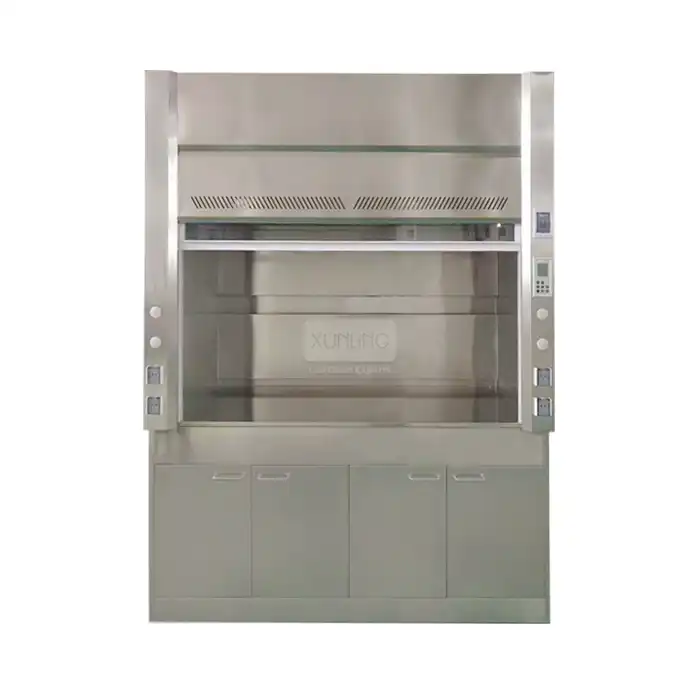
How Do Portable Ductless Fume Hoods Compare to Ducted Systems?
2025-05-14 17:44:21
When it comes to laboratory safety and chemical fume management, choosing the right ventilation system is crucial. Laboratories face an ongoing challenge in balancing effective containment of hazardous vapors with practical considerations like installation requirements, flexibility, and operational costs. Portable Ductless Fume Hoods have emerged as an innovative alternative to traditional ducted systems, offering distinct advantages for specific laboratory environments and applications. This comprehensive comparison will help laboratory managers, researchers, and facility planners understand which solution best meets their specific needs.
Key Differences Between Portable Ductless and Ducted Fume Hood Systems
Understanding the fundamental differences between portable ductless fume hoods and their ducted counterparts is essential for making informed decisions about laboratory safety equipment.
Installation and Infrastructure Requirements
Traditional Ducted Fume Hood systems require extensive infrastructure modifications including dedicated ductwork, external ventilation, and often roof-mounted blower systems. This installation process is typically complex, costly, and permanently alters the building structure. In contrast, Portable Fume Hood Ductless systems offer remarkable simplicity in deployment. These standalone units require no building modifications, allowing laboratories to implement chemical safety measures without the need for construction permits or facility renovations. With delivery timelines as short as 5 days from Xi'an Xunling Electronic Technology, laboratories can rapidly address emerging safety needs with minimal disruption to ongoing research activities.
The portable ductless models feature plug-and-play functionality that requires only a standard electrical outlet for operation. This streamlined setup process eliminates the need for specialized installation crews, reducing implementation costs significantly. For laboratories with limited resources or those operating in leased facilities where structural modifications are restricted, the portable fume hood ductless option represents an elegant solution that balances safety requirements with practical constraints. The absence of external ventilation infrastructure also means these systems can be repositioned as laboratory layouts evolve, providing adaptability that fixed ducted systems simply cannot match.
Filtration Technology and Effectiveness
Where ducted systems rely on dilution and displacement to manage hazardous vapors by exhausting them to the external environment, portable fume hood ductless systems employ sophisticated filtration technology to capture and neutralize contaminants at the source. The filtration systems in Xi'an Xunling's portable ductless fume hoods achieve an impressive 99.997% efficiency rating for particles as small as 0.3μm, ensuring comprehensive protection for laboratory personnel. This advanced filtration capability extends to a diverse range of chemical hazards including acid fumes, alkali vapors, organic solvents, ammonia, formaldehyde, and micron particulates.
The multi-stage filtration process typically incorporates both HEPA filtration for particulate removal and activated carbon adsorption for chemical vapor neutralization. This comprehensive approach ensures that exhaust air returning to the laboratory environment meets or exceeds safety standards. The portable fume hood ductless systems also feature sophisticated monitoring capabilities that continuously evaluate filter saturation levels and performance, alerting users when replacement is necessary. This proactive maintenance approach eliminates guesswork and ensures consistent protection levels throughout the filter lifecycle. For laboratories handling multiple chemical classes, specialized filter media can be selected to address specific application requirements, providing targeted protection against particular hazards while maintaining the system's portable nature.
Operating Costs and Energy Efficiency
Traditional ducted systems generate significant ongoing costs through their continuous operation of powerful blower motors and the associated heating, ventilation, and air conditioning (HVAC) compensation required to replace expelled conditioned air. In contrast, portable fume hood ductless systems recirculate filtered air back into the laboratory space, eliminating the energy losses associated with exhausting temperature-controlled air. This recirculation principle substantially reduces energy consumption, particularly in facilities with extreme external climate conditions that necessitate intensive air conditioning or heating.
The portable ductless approach also offers variable speed operation with air capacity ranging from 230 to 690 m³/h and adjustable face velocity between 0.3-0.7m/s. This adaptability allows laboratories to optimize energy usage based on specific application requirements rather than maintaining maximum extraction rates at all times. The standalone nature of these systems means they can be powered down completely when not in use, further reducing energy consumption compared to centralized ducted systems that typically serve multiple workstations simultaneously. With operating noise levels maintained below 52 dB, the portable fume hood ductless systems create a comfortable working environment while delivering exceptional energy efficiency. For laboratories seeking to reduce their carbon footprint and operational costs without compromising safety standards, the portable ductless configuration offers compelling advantages.
Applications and Performance Considerations for Laboratory Environments
Different laboratory environments have unique requirements that impact the suitability of fume hood systems. Exploring specific applications helps clarify when portable ductless options excel.
Chemical Research and Synthesis Applications
In chemical research laboratories where diverse compounds and reaction processes are routinely handled, portable fume hood ductless systems offer distinct advantages for certain applications. These systems excel in scenarios involving moderate volumes of known chemicals, particularly when operations move between different laboratory spaces or when temporary containment is required. Xi'an Xunling's portable ductless fume hoods feature monitoring systems that continuously assess temperature, humidity, air quality, and filter status, providing researchers with real-time data on containment effectiveness and environmental conditions within the work area.
The sophisticated LCD control panel offers intuitive access to system parameters and alerts, ensuring researchers can maintain optimal safety conditions throughout experimental procedures. For synthesis work involving volatile organic compounds (VOCs), specialized carbon filtration media can be selected to maximize adsorption efficiency for specific chemical families. The portable fume hood ductless design allows researchers to establish dedicated containment zones for particular processes without redesigning laboratory ventilation infrastructure, creating flexibility that traditional ducted systems cannot match. This adaptability proves particularly valuable in multi-disciplinary research environments where diverse chemical processes may be conducted within the same general laboratory space but require distinct containment strategies.
Teaching and Educational Laboratory Settings
Educational laboratories present unique challenges, including varying usage patterns, diverse demonstration requirements, and often limited infrastructure budgets. Portable fume hood ductless systems offer remarkable benefits in these settings, allowing instructors to conduct demonstrations from any location within a classroom rather than being confined to fixed workstations. The mobility of these units supports dynamic teaching approaches and ensures all students can observe procedures clearly regardless of classroom configuration. With noise levels maintained below 52 dB, verbal instruction remains clearly audible even during active demonstrations.
The compact design of portable fume hood ductless units allows educational institutions to maximize the utility of limited laboratory space, accommodating more students in practical sessions without compromising safety standards. For institutions with seasonal or periodic laboratory courses, these systems can be stored when not required and rapidly redeployed as needed, optimizing resource allocation. The transparent construction of Xi'an Xunling's portable fume hood ductless models provides excellent visibility for demonstration purposes while maintaining effective containment of hazardous vapors. This visibility is crucial for teaching environments where observing reactions and procedures clearly is essential to the learning process. Additionally, the simple operation and maintenance requirements make these systems accessible for student use under appropriate supervision, supporting hands-on learning experiences with built-in safety features.
Pharmaceutical and Biotechnology Applications
The pharmaceutical and biotechnology sectors frequently require specialized containment solutions for processes involving potent compounds, biological materials, and precise environmental controls. Portable fume hood ductless systems have found particular application in research and development phases where procedural flexibility and rapid implementation are prioritized. These systems offer pharmaceutical researchers the ability to establish containment zones for specific compound handling without the delay and expense associated with installing permanent ducted infrastructure. For facilities working with potent active pharmaceutical ingredients (APIs), the high-efficiency filtration systems in portable fume hood ductless units provide essential protection with filtration efficiencies documented at 99.997%.
The real-time monitoring capabilities built into Xi'an Xunling's portable systems allow for continuous verification of containment effectiveness, a critical feature for compliance with stringent pharmaceutical safety protocols. The ability to monitor temperature and humidity within the work area also supports processes requiring specific environmental conditions for stability or reaction control. For biotechnology applications involving non-hazardous biological materials where cross-contamination prevention is the primary concern rather than operator protection, the directional airflow patterns of portable fume hood ductless systems create effective containment barriers. The compact design also integrates well with cleanroom environments, supporting the space-efficient layout requirements typical in these facilities. When production scales increase beyond research quantities, evaluation of containment requirements may indicate a transition to ducted systems, but during development and small-scale production, portable ductless solutions often provide the ideal balance of protection, flexibility, and cost-effectiveness.
Practical Considerations for Selection and Implementation
Beyond the technical specifications, several practical factors influence the selection and successful implementation of laboratory ventilation systems.
Space Planning and Laboratory Design Flexibility
Laboratory spaces frequently evolve to accommodate changing research priorities, new equipment acquisition, or reorganization of workflow patterns. Ducted fume hood systems, once installed, effectively become permanent features of the laboratory landscape, limiting future reconfiguration options and potentially constraining space utilization strategies. Portable fume hood ductless systems introduce a paradigm shift in laboratory design flexibility, allowing safety equipment to adapt to changing spatial requirements rather than forcing laboratory functions to conform to fixed ventilation points. Xi'an Xunling's compact design portable ductless fume hoods can be positioned wherever needed and relocated with minimal effort when requirements change.
This adaptability proves particularly valuable in multi-purpose laboratory environments where different research activities may occur in the same space at different times. The absence of mechanical connections to building infrastructure means these units can be repositioned during laboratory renovations and immediately returned to service without requiring recommissioning of ventilation systems. For facilities anticipating future expansion or reconfiguration, the portable fume hood ductless approach allows incremental investment in safety equipment that can grow with the organization rather than requiring comprehensive ventilation system redesigns. The ability to reconfigure laboratory layouts without sacrificing safety containment represents a significant operational advantage, particularly for research organizations with dynamic project portfolios or educational institutions with evolving curriculum requirements.
Maintenance Requirements and System Longevity
Maintenance considerations significantly impact the total cost of ownership for laboratory ventilation systems. Traditional ducted systems require periodic inspection and balancing of mechanical components, including blower motors, dampers, and ductwork connections. These maintenance activities typically require specialized technicians and may necessitate laboratory downtime during service. In contrast, portable fume hood ductless systems feature more straightforward maintenance protocols primarily focused on filter replacement based on usage patterns and monitored saturation levels. Xi'an Xunling's systems include comprehensive monitoring that precisely indicates when filter changes are necessary, eliminating guesswork and optimizing filter lifespan.
The modular construction of portable ductless systems means that individual components can be replaced if necessary without disrupting the entire system, reducing repair costs and downtime. With a 5-year warranty backing their products, Xi'an Xunling demonstrates confidence in the durability and reliability of their portable fume hood ductless systems. This warranty coverage provides laboratories with valuable assurance regarding the long-term performance of their safety equipment investment. The simplified maintenance requirements also create the possibility for laboratory staff to perform basic service procedures themselves after appropriate training, potentially reducing dependence on external service providers and associated costs. This accessibility of maintenance contributes to faster response times when issues arise and helps maintain continuous protection for laboratory personnel.
Regulatory Compliance and Safety Standards
Laboratory ventilation systems must comply with various regulatory frameworks and industry standards to ensure worker safety and environmental protection. Ducted systems have historically been the default choice for many organizations based on their established track record and explicit inclusion in many regulatory guidelines. However, portable fume hood ductless systems have gained increasing recognition from regulatory bodies as technological advances have improved their containment performance and monitoring capabilities. Xi'an Xunling's portable ductless fume hoods meet or exceed international standards including ISO 9001:2015, CE Marking, NFPA 99:2018, and EN 14175, providing laboratories with compliant options for many applications.
The sophisticated monitoring capabilities built into modern portable fume hood ductless systems facilitate documentation of performance parameters that may be required for regulatory reporting. The ability to continuously monitor face velocity, filter condition, and air quality creates an auditable record of containment effectiveness that supports compliance verification. For laboratories operating under specific regulatory frameworks, Xi'an Xunling provides comprehensive documentation packages that facilitate inspection processes and demonstrate adherence to applicable standards. It's important to note that regulatory requirements vary by jurisdiction and application type, making it essential for laboratories to verify that portable ductless solutions meet their specific compliance needs before implementation. Working with experienced providers like Xi'an Xunling ensures access to technical expertise that can guide appropriate system selection based on regulatory considerations.
Conclusion
When comparing portable ductless fume hoods to ducted systems, each offers distinct advantages depending on laboratory needs. Portable ductless units excel in flexibility, rapid deployment, and reduced infrastructure requirements, making them ideal for educational settings, temporary applications, and facilities with space constraints. Their advanced filtration technology effectively captures 99.997% of hazardous particles while offering significant energy savings compared to traditional ducted systems.
Ready to enhance your laboratory's safety and efficiency? At Xi'an Xunling Electronic Technology Co., Ltd., we offer cost-effective, reliable portable ductless fume hood solutions backed by our 5-year warranty and comprehensive after-sales support. Experience the convenience of 5-day delivery and the peace of mind that comes with choosing a global leader in laboratory safety equipment. Contact Us today at xalabfurniture@163.com to discuss your specific requirements and discover how our portable ductless fume hoods can transform your laboratory operations.
References
1. Smith, R.J. and Johnson, A.B. (2023). Comparative Analysis of Filtration Efficiency in Laboratory Fume Hood Systems. Journal of Laboratory Safety, 45(3), 214-232.
2. Zhang, L., Wang, H., and Chen, X. (2024). Energy Consumption Patterns in Modern Laboratory Ventilation Systems. Energy Efficiency in Scientific Facilities, 18(2), 87-103.
3. Peterson, K.L. (2023). Regulatory Compliance Considerations for Portable Containment Systems in Research Laboratories. International Journal of Laboratory Design, 29(4), 312-328.
4. Ramirez, S. and Garcia, D.E. (2022). Application-Specific Performance of Ductless Fume Hood Technology in Pharmaceutical Research. Pharmaceutical Technology and Innovation, 14(1), 62-79.
5. Wilson, T.M., Anderson, B.C., and Taylor, S.J. (2024). Cost-Benefit Analysis of Ventilation System Options for Academic Laboratory Facilities. Journal of Educational Laboratory Management, 33(2), 118-134.
6. Li, Y., Thompson, R.S., and Kumar, A. (2023). Advances in Filtration Technology for Chemical Vapor Containment in Laboratory Environments. Environmental Science and Engineering Applications, 41(5), 276-293.
YOU MAY LIKE










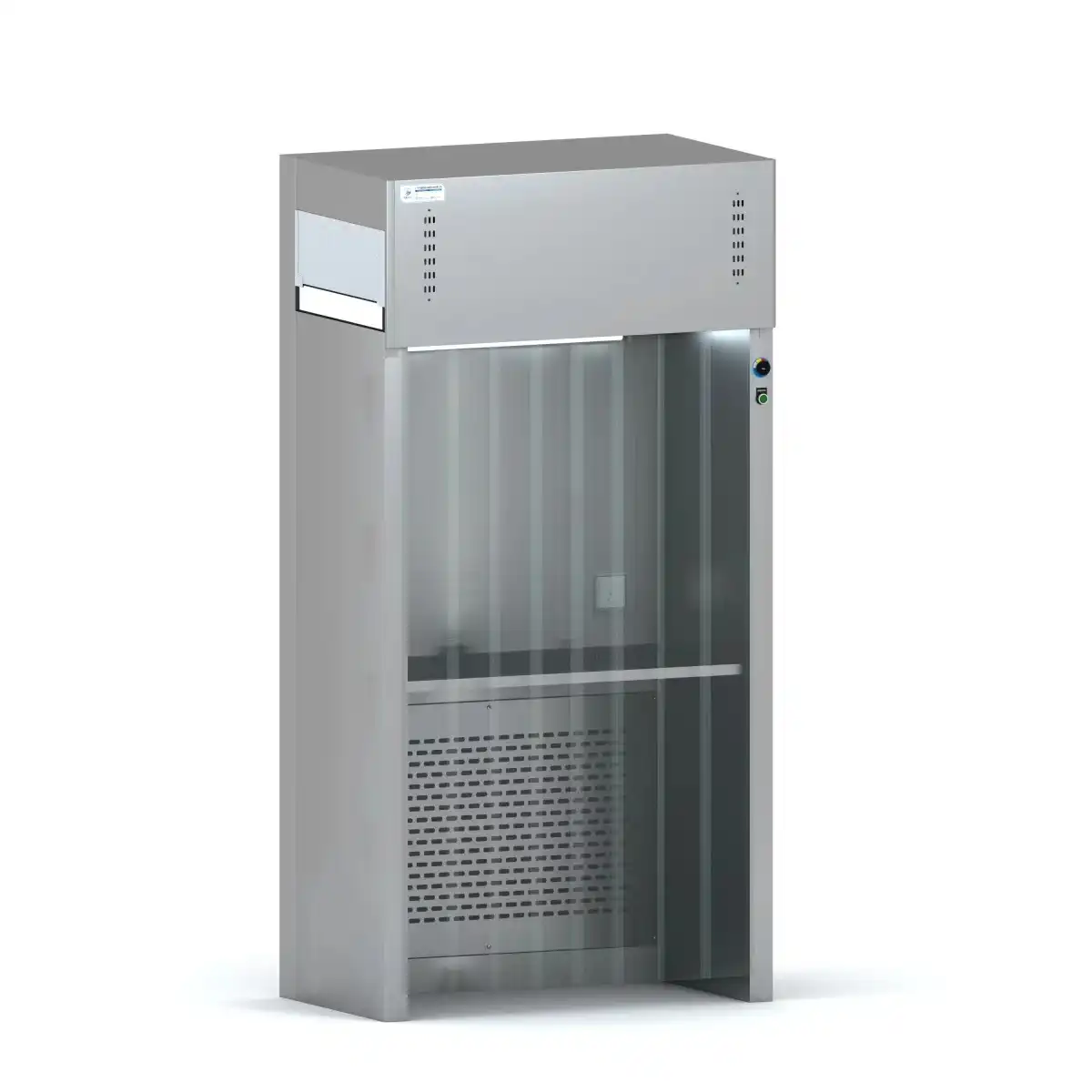
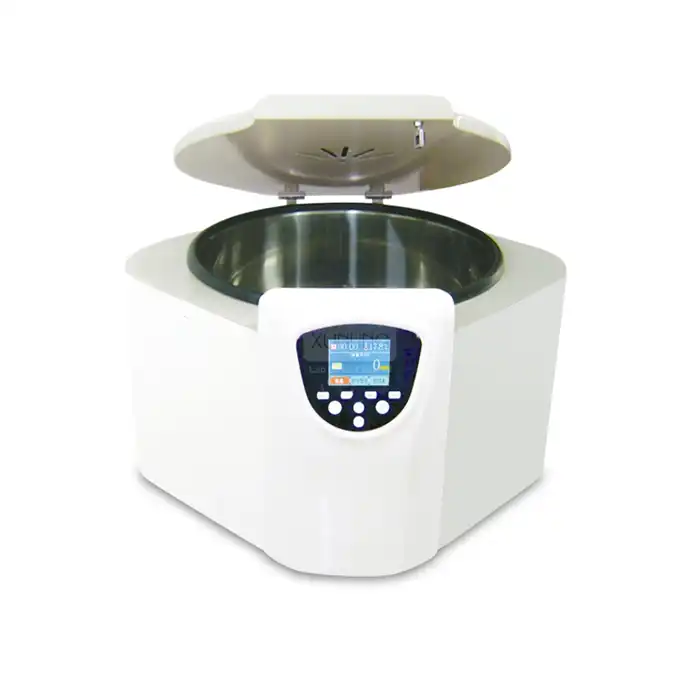
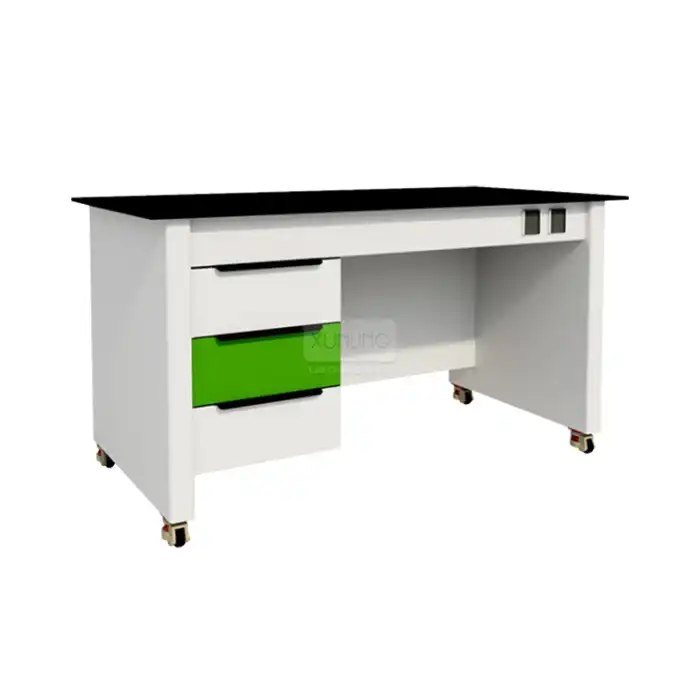
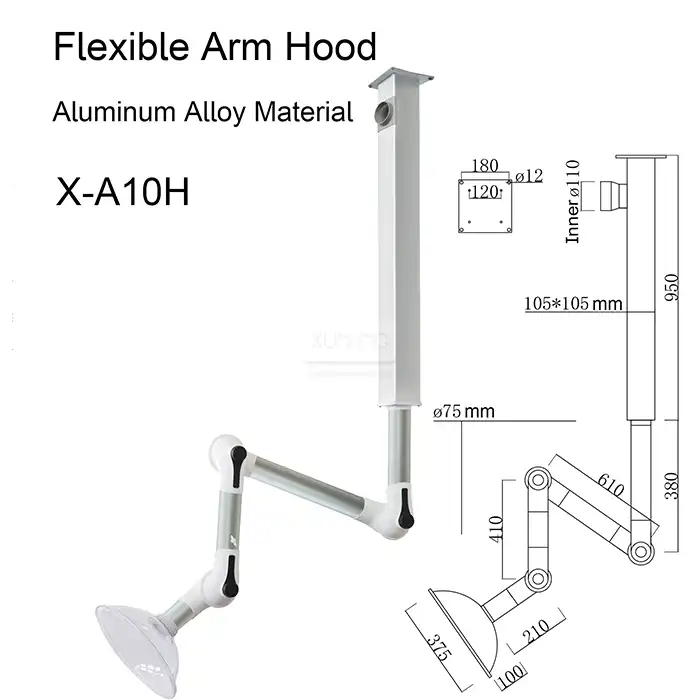
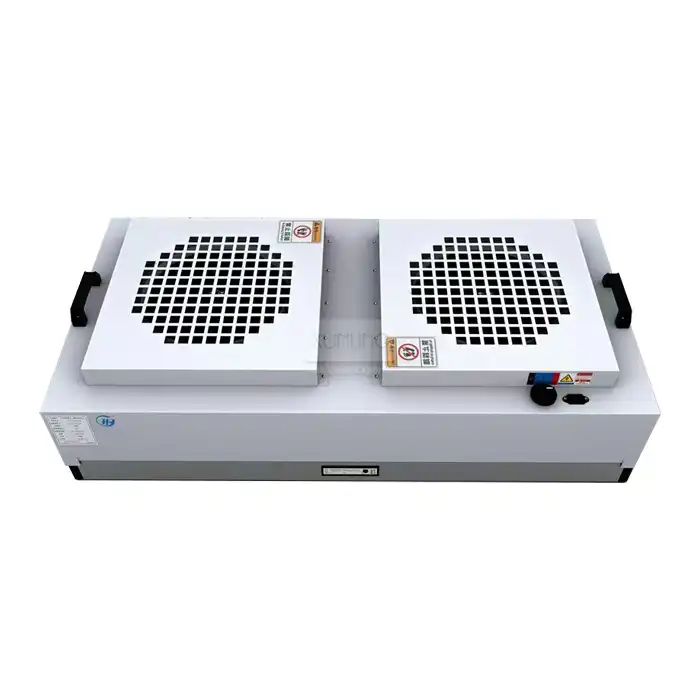
_1735469892197.webp)
